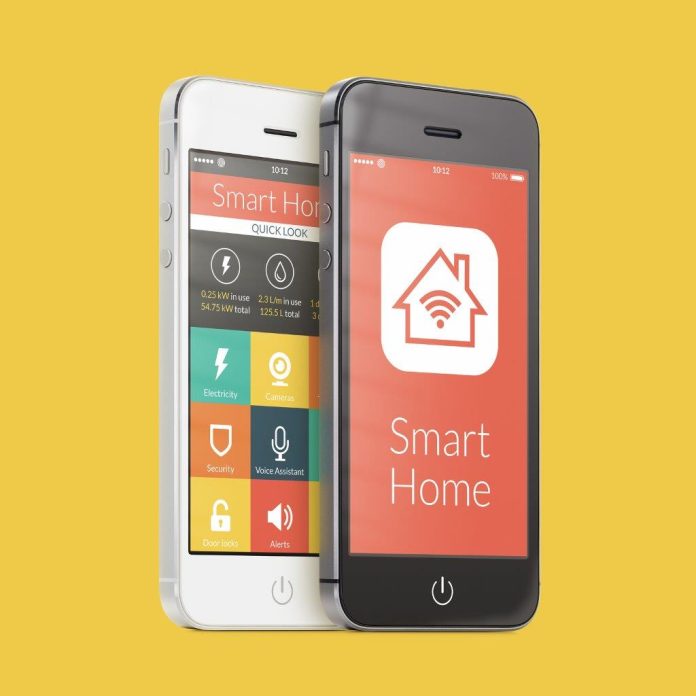Technology is changing many aspects of our lives and homes aren’t immune to a digital transformation happening at lightning speed.
Only 2 years ago the average number of IoT devices in UK homes was 11 – today the median number of internet-connected devices is 25 and this number is projected to continue growing alongside the penetration of new technologies such as 5G, NFC, Li-Fi, and Bluetooth. In ANZ, the penetrations rates are likely to be very similar.
New devices are able to help households reduce their environmental impact, cut down on utility expenses, increase their home safety, and enjoy a more comfortable living environment. However, when it comes down to keeping all these smart home devices running smoothly and efficiently, it is important to understand how much internet speed is needed.
Each Smart Home is Unique
Today, there are hundreds of smart home devices and gadgets that can enhance a household’s lifestyle, depending on a family’s specific needs.
For example, smart medical alert can help seniors remain independent and safe in their homes, while for eco-friendly and budget-conscious households, systems such as smart thermostats, light controls, and switches can help.
Importantly, smart home devices don’t require as much Internet speed as you think, and you won’t need much more than a standard internet connection that offers 5 Mbps uploading speed and around 25 Mbps downloading speed. These speeds will be much easier to achieve in metropolitan areas of Australia, while New Zealand, with its all-fibre backbone, often performs far better.
In regional Australia some applications still depend on large waveform comms like 3G thanks to their greater range, even though it comes at the expense of bandwidth, making selection of the right carriage service a juggling act.
Some common devices that you might be running in a smart home include:
* Smart thermostats
* Virtual assistants
* Door locks
* Smoke detectors
* Video doorbells
* Lightbulbs
* Smart speakers
* Cameras and CCTV systems.
Estimating Perfect Smarthome Bandwidth
There’s no formula to determine how much internet speed all smart homes need. However, trying to understand the impact that your devices will have on your Internet speed can help. Most devices, including common smart thermostats and digital assistants, won’t affect your bandwidth much.
However, if you require continuous data transfer – such as in the case of cameras, which can use up to 4Mbps to upload standard 1080p HD video – you might need a greater bandwidth that can withstand the continuous use of data without affecting the other devices.
Whether you are planning to install cameras or not in a smart home, you should always consider that you might be running more than just one device at the same time.
As a general rule, to run a smart home, you should:
* Add 5 Mbps if you are not installing smart cameras
* Add 10 Mbps if you are running smart cameras
Optimising Your Internet Speed
You don’t necessarily need to upgrade your internet speed to ensure all devices will be running efficiently. Instead, you could optimise your devices by:
* Set cameras on a lower-resolution setting
* Adjust each device’s setting
* Move some of the devices to a wired connection
* Relocate your Wi-Fi router
* Update the router to ensure it withstands greater bandwidth
* Make sure safety and health smart devices will continue running smoothly regardless of the internet connection’s quality
* Always have a backup in place in case of downtime.
The best way to make sure that a smart home’s Wi-Fi can withstand the added load of several smart devices is to speak to an expert or use an online bandwidth calculator. Users with challenging security needs should speak to professional security installers, who will know how to get the best from security systems and available networks.
#sen.news #SEN #SENnews











